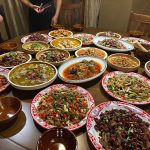Sichuan, a province in southwestern China, is a place where flavor and adventure go hand in hand. It’s a land of bold, tongue-tingling cuisine, misty mountains, ancient temples, and, of course, adorable giant pandas. Whether you’re a food lover, a history buff, or an outdoor explorer, Sichuan promises an unforgettable journey.
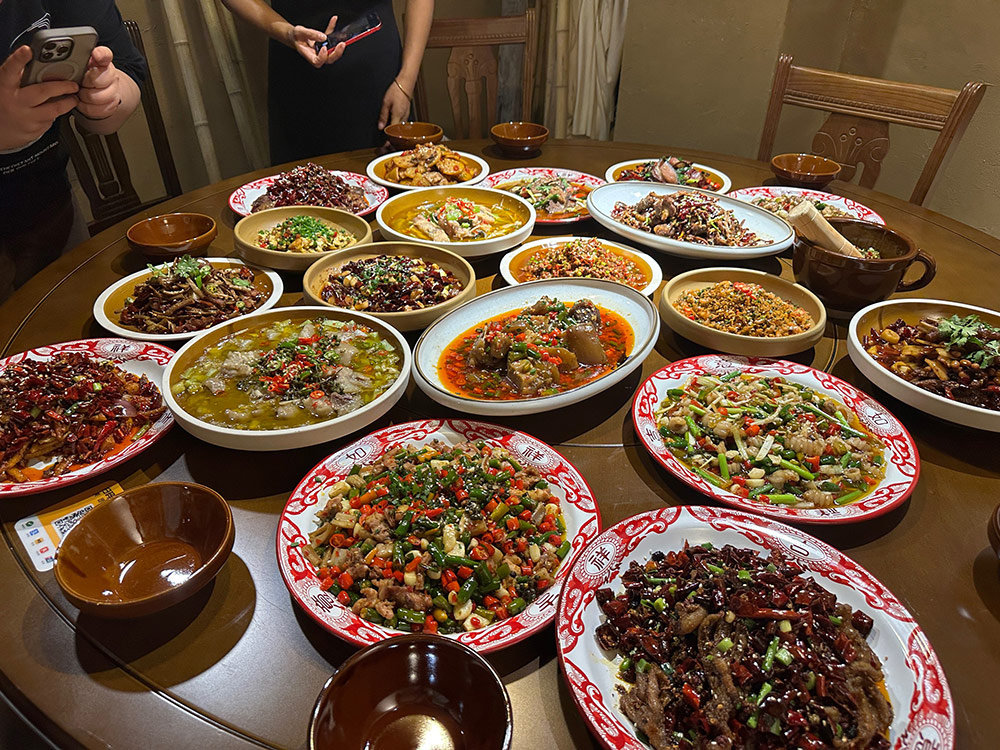
The Soul of Sichuan: A Cuisine That Awakens the Senses
Among China’s Eight Great Cuisines, Sichuan cuisine (Chuan cuisine, 川菜) is undoubtedly the boldest and most exciting. It’s known worldwide for its spicy, numbing, and deeply aromatic dishes, thanks to the magical combination of Sichuan peppercorns and dried chilies. However, the true essence of Sichuan cuisine goes beyond just heat—it’s a delicate balance of flavors that create a rich and complex taste experience.
The Roots of Sichuan Cuisine
Sichuan cuisine originates from Sichuan Province and the neighboring city of Chongqing, an area blessed with fertile land, abundant water sources, and a humid climate. This climate has played a huge role in shaping the local food culture—spices and strong flavors help combat dampness, while fermentation and pickling techniques have developed over centuries to preserve food.
Historically, Sichuan cuisine has been influenced by Buddhist, Taoist, and imperial cooking traditions, evolving into the dynamic and diverse cuisine we know today. While chili peppers were only introduced to China in the Ming Dynasty (1368–1644), they quickly became a staple in Sichuan kitchens, giving birth to the legendary mala (麻辣, numbing-spicy) sensation that defines Sichuan food.
What Makes Sichuan Cuisine Unique?
Sichuan cuisine isn’t just about heat—it’s a masterful blend of variety and complexity, built upon Seven Basic Flavors that create a perfect balance in every dish. Mala (麻辣, numbing-spicy) is the most famous, achieved by combining dried chilies and Sichuan peppercorns for an electrifying kick. Xian (鲜, umami) delivers a deep, savory taste through slow-cooked broths, fermented bean pastes, and fresh ingredients. Tian (甜, sweet) helps balance the fiery heat, while Suan (酸, sour) adds a bright, tangy kick with vinegar and pickled vegetables. Ku (苦, bitter) brings subtle depth to broths and sauces, often from herbs. Xiang (香, fragrant) infuses dishes with aromatic layers using garlic, ginger, and rich spices. Finally, Hemp (麻, numbing), the signature sensation of Sichuan cuisine, comes from Sichuan peppercorns, leaving a unique tingling effect that sets this cuisine apart from all others.
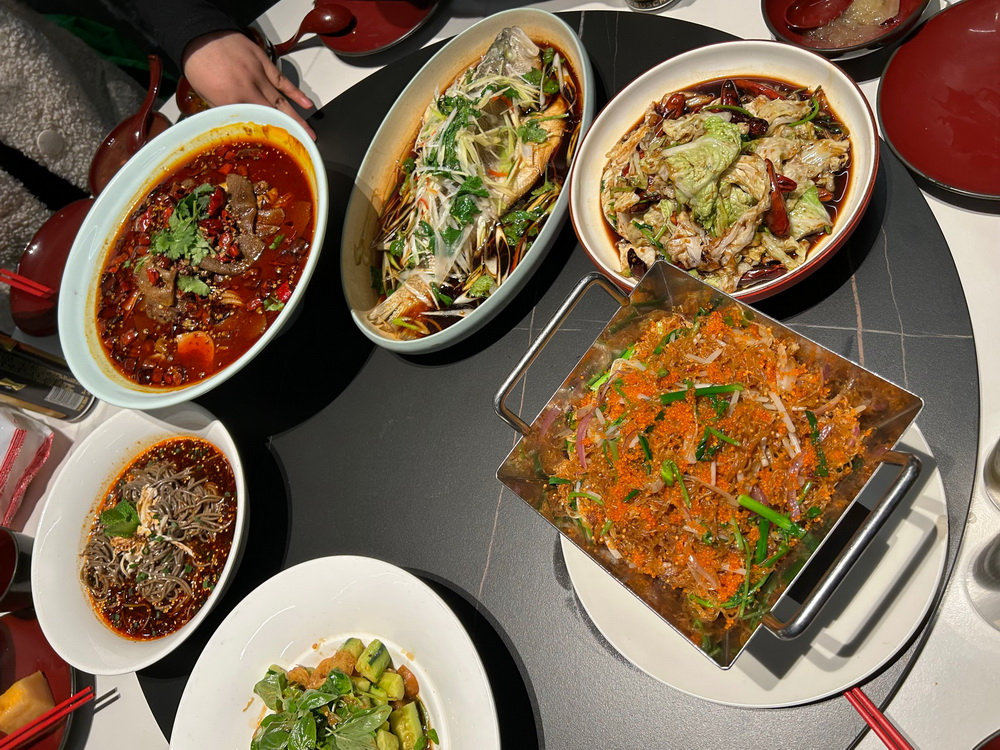
Sichuan’s Signature Dishes You Can’t Miss
If you visit Sichuan, your taste buds are in for an adventure! Some of the must-try dishes that define Sichuan cuisine include Sichuan Hot Pot (四川火锅), a fiery cauldron of boiling broth infused with chilies, Sichuan peppercorns, and fragrant spices, where meats, vegetables, and tofu are cooked for an unforgettable spicy and numbing experience. Dan Dan Noodles (担担面) offer a street food classic—thin wheat noodles coated in a rich, spicy, and slightly tangy sauce made from minced pork, chili oil, and Sichuan peppercorns. Mapo Tofu (麻婆豆腐) features soft tofu drenched in a bold, spicy, and numbing sauce with minced pork, fermented black beans, and Sichuan peppercorns, delivering a silky texture with a fiery kick. Kung Pao Chicken (宫保鸡丁) is a world-famous dish of tender chicken stir-fried with peanuts, dried chilies, and a tangy-sweet sauce. Twice-Cooked Pork (回锅肉) brings a rich and satisfying flavor, as pork belly is first boiled, then stir-fried with garlic, green peppers, and fermented bean paste. Lastly, Fish-Flavored Eggplant (鱼香茄子), despite its name, contains no fish but is braised in a garlicky, sweet, and slightly spicy sauce that makes it melt-in-your-mouth delicious.
Beyond the Food: Sichuan’s Must-See Attractions
Sichuan isn’t just a paradise for food lovers—it’s also home to breathtaking landscapes, historic sites, and cultural wonders. Here are some places you can’t miss when exploring this beautiful province:
Chengdu Research Base of Giant Panda Breeding
No trip to Sichuan is complete without visiting the giant pandas! At this research base in Chengdu, you can watch pandas munch on bamboo, play in their enclosures, and take adorable naps. The baby pandas are especially heart-melting!
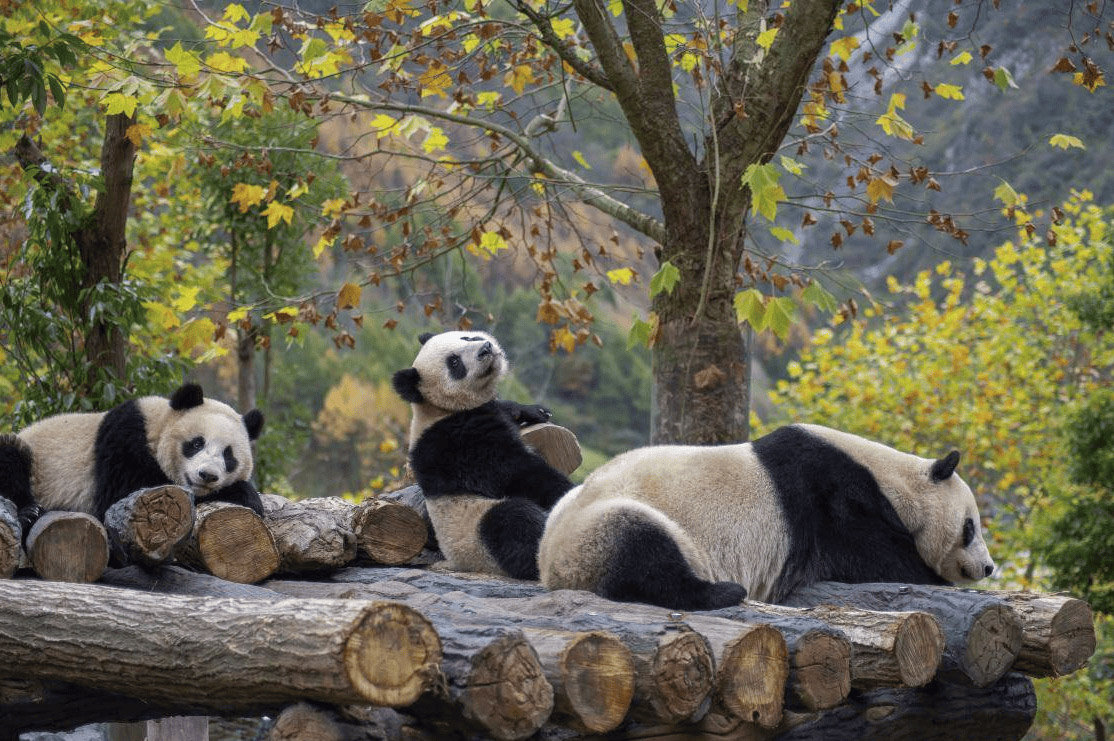
Jiuzhaigou Valley
This UNESCO World Heritage Site is a fairy-tale landscape of turquoise lakes, cascading waterfalls, and snow-capped peaks. Jiuzhaigou’s stunning autumn colors and crystal-clear waters make it one of China’s most magical destinations.

Mount Emei (峨眉山)
One of China’s Four Sacred Buddhist Mountains, Mount Emei is home to ancient temples, misty forests, and incredible sunrise views. The Golden Summit (金顶) offers breathtaking panoramic scenery above the clouds.
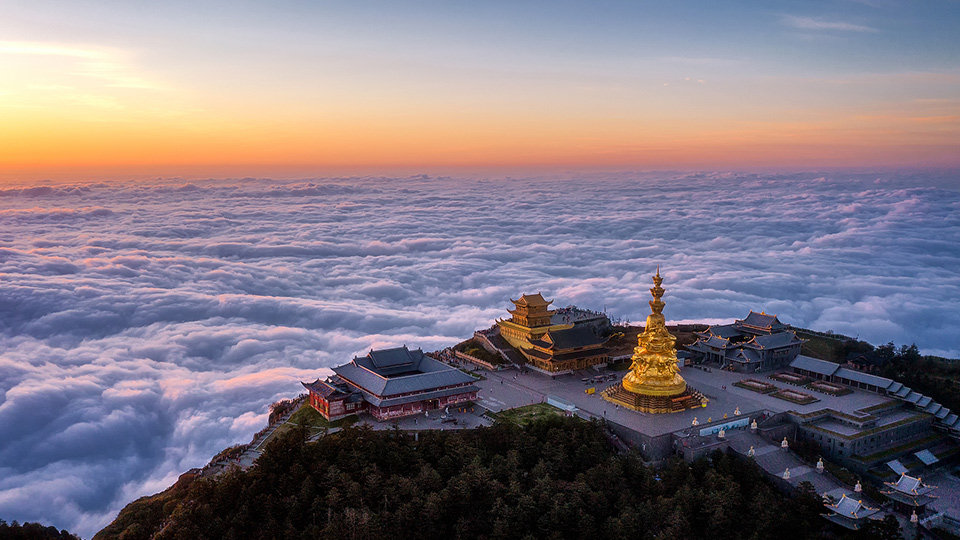
Leshan Giant Buddha (乐山大佛)
Carved into a cliffside, this 71-meter-tall stone Buddha has been watching over the confluence of three rivers for over 1,200 years. The best way to see it? Take a boat ride for a stunning view of this UNESCO-listed masterpiece.

Daocheng Yading (稻城亚丁)
Often called “The Last Shangri-La”, this remote Tibetan plateau is famous for its golden meadows, sacred snow-capped mountains, and pristine lakes. It’s a paradise for hikers and photographers.

Sichuan: A Feast for the Senses
From spicy feasts that set your taste buds tingling to majestic mountains and ancient temples, Sichuan is a province that awakens every sense. Whether you’re here to savor the rich flavors of Sichuan cuisine or explore its breathtaking landscapes, one thing is certain—Sichuan will leave a lasting impression on your heart (and your taste buds)!
So, are you ready to embark on a journey filled with fiery flavors, adorable pandas, and stunning scenery? Sichuan is calling!
Contact us today to craft your dream China adventure!

